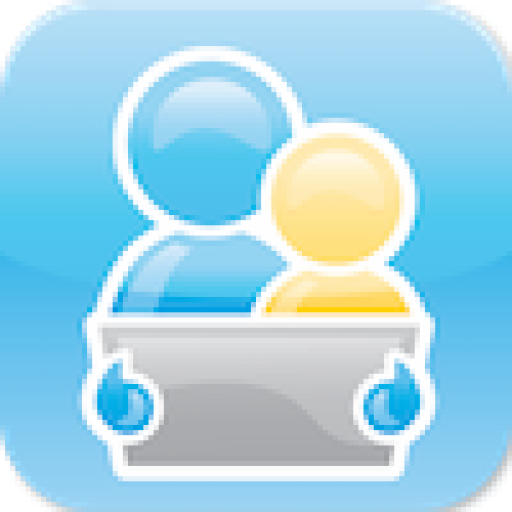
This year, I’m working with quite a few teachers who have older students in their class who need to improve their recognition of the letters of the alphabet. They need to be able to instantly and quickly identify letters so that they can move further along their journey of becoming readers and writers.
This means that I am now having lots of discussions with teachers about how to introduce a letter of the week without using materials that are aimed at preschoolers. I decided that this would be a good topic for a blog entry so that I can point other teachers to the blog but also so that others can also contribute resources that they find helpful in teaching the alphabet to older students.
Firstly, I suggest that teachers start with the letters of the alphabet that start the names of their students. This means that if the students in their class are called “Karoo, Angela, Stuart, Stephanie, Patrick and Shaylem” that they should work on “s”, “k”, “a” and “p” first.
In terms of activities, I really like the Have Fun Teaching Alphabet Songs as they are suitable for all ages. You can purchase these from their website as either songs (in MP3 format) or as videos. They are also available on YouTube – the link below will play the letter “c” song.
These songs follow good teaching and introduce both the letter name and also the most common sounds for each letter.
I also suggest introducing the sign and the Braille for the letter as well – in many of the classrooms I work in we will have some students where they have already learned a lot of manual signs (Auslan in Australia) and other students who will be using Braille for both reading and writing. Therefore it makes sense to use these as well.
I also like using alphabet books. I might use a general alphabet book like Animalia which is suitable for all ages and has rich illustrations and language for every letter of the alphabet. I can use this to compare and contrast with other letters or just to focus on the letter of the week. Another alphabet book that has been popular with older students is M is for Metal. I also make sure that these and other alphabet books are available in the classroom.
Tar Heel Reader is also a great resource for alphabet books for older students. There are many generic alphabet books available on Tar Heel Reader which students love. A couple of my older students love the humour in “My Z, Y, X Book“. And there are some great custom alphabet books like “My Colorado Alphabet” which can help inspire students when we make our own alphabet books.
There are also books for every single letter of the alphabet. Here is my list of 26 we are using in one classroom this year.
- The Letter A
- The Letter B
- My C Book
- The Letter D
- The E book
- The Letter F
- The Letter G book
- The Letter H
- I words
- The Letter J
- K words
- Some things about L
- The Letter M
- No, no, no.
- Our O book
- P is for
- The Q book
- The Letter R
- Things to do with S
- The Letter T
- The Letter U
- The Letter V
- The Letter W
- X is a letter of the alphabet
- My Y Book
- My Z Book
I picked this mix of alphabet books because many of them follow predictable formats, which will give some students confidence. But some of them are are less predictable and include different language – sometimes with a twist.
I also generate a list of words starting with the letter of the week – and provide these as pictures only. I can make this list up using words from the alphabet books or from the alphabet song as inspiration, or other words that are important or meaningful to the class. The important thing is that I provide these as pictures only – made up either using photos or Boardmaker. They then serve as a basis for doing word sorts by first letter. I can use two or three different weeks of words for these word sorts.
And throughout the week, we can do lots of incidental teaching, pointing out the letter of the week as it appears in other text. And I can use a range of iPad apps like Letter of the Day (edited to add: app has been discontinued) or ABC Alphabet Phonics to increase the repertoire of activities that students have on offer to practice discriminating between letters.
And finally, I love writing class alphabet books. For important letters we might write a whole book on a letter. For example, Stephanie, Stuart and Shaylem would love an S book – about them and things that they like. Other alphabet books might include a school book with a page on each letter, or an actions alphabet book – or a pop stars and songs alphabet book.
And I’ve love to hear if you have more ideas of activities to do with the letter of the week for older students :).


Meredith Loudon
Jane
ChristineBrickhill
Jane
Pingback: PrAACtical AAC | Supports for language learning
Jeanne Tuthill
Jane
Pingback: Comprehensive Literacy Instruction: Meeting the Instructional Needs of ALL Students in our Classrooms | Jane Farrall Consulting